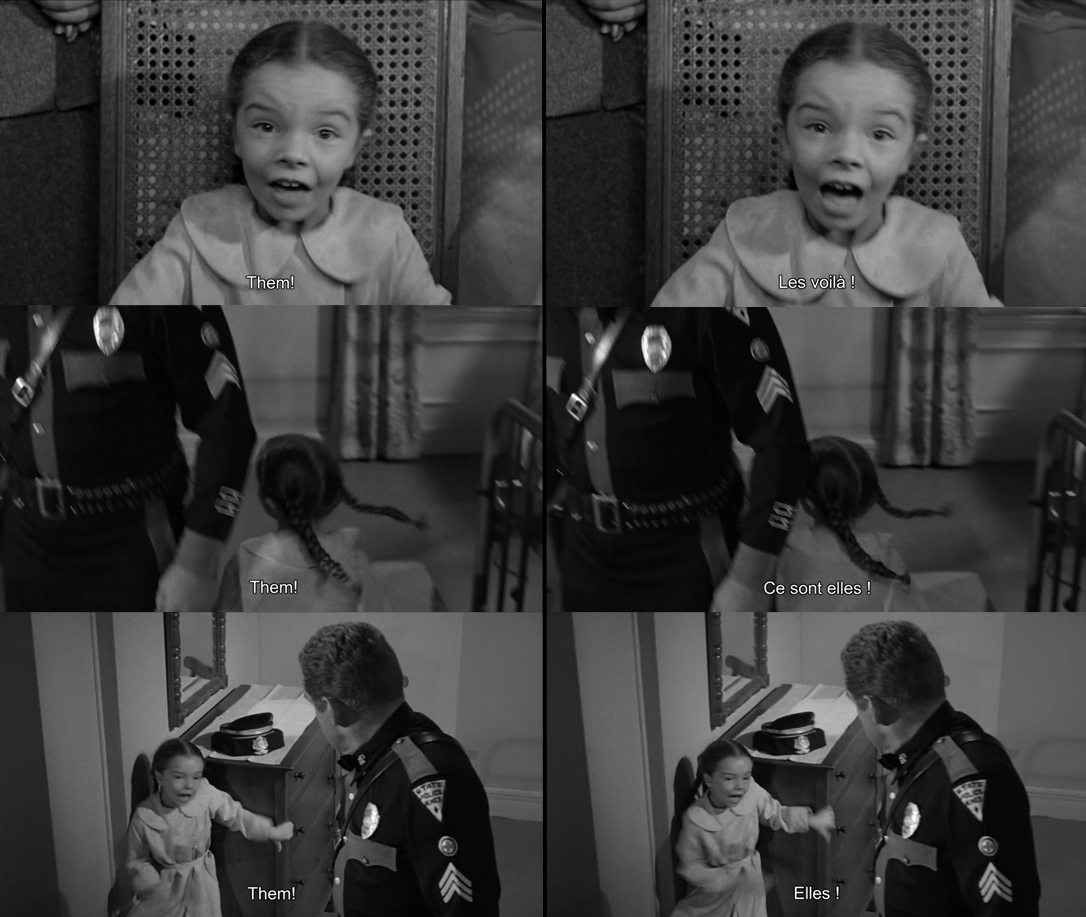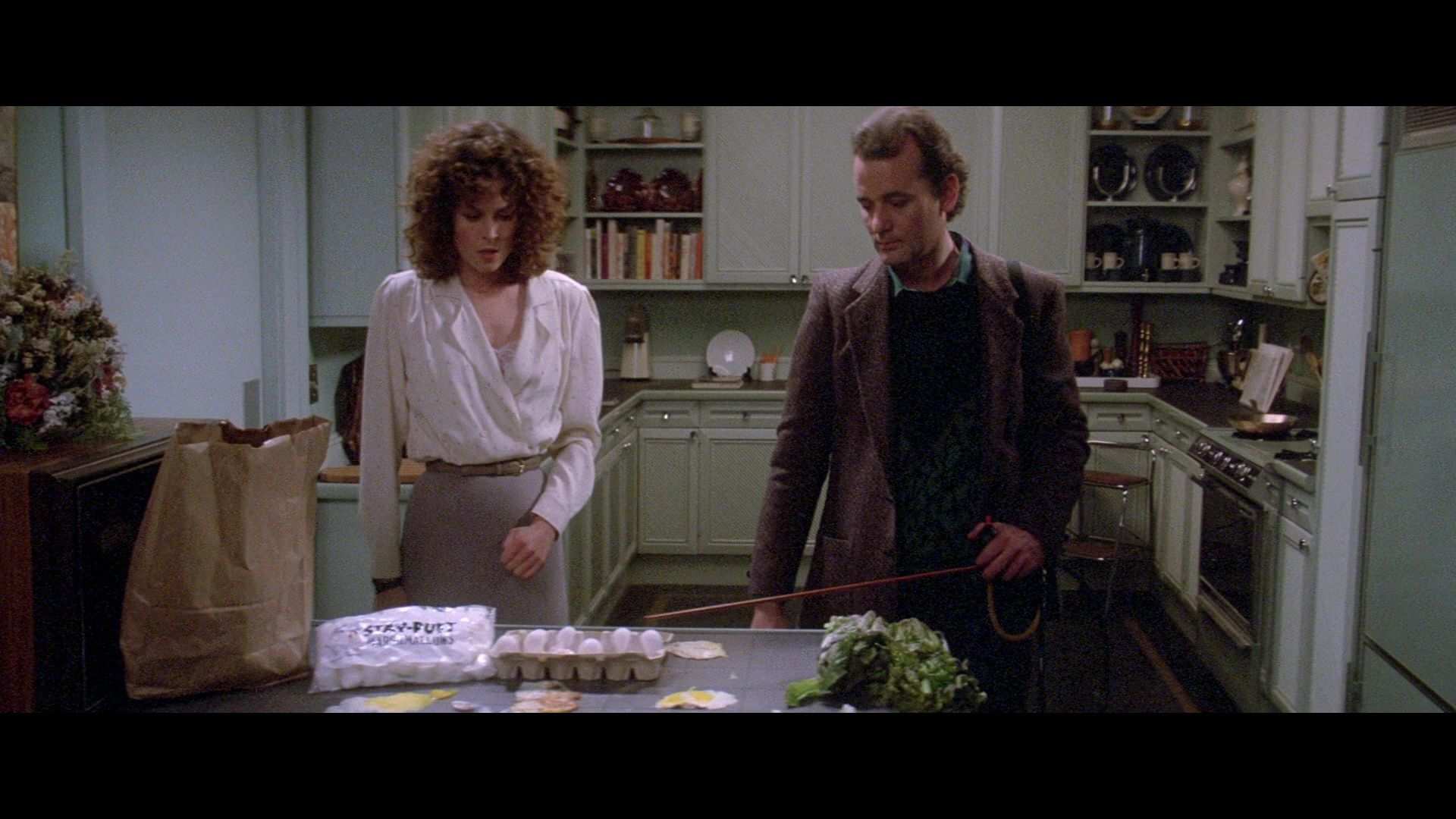When you watch a foreign film, you have a choice between the original language or a version dubbed into your own language. In the first case, unless you have a perfect command of the original language, you will rely on subtitles to understand the dialogue and overall content of the movie.
Most films today have the opportunity to reach a global audience, thanks to the rise of media such as streaming platforms. However, exporting a film from Asia to the U.S. or from Europe to South America is not just about providing technical access to foreign viewers. Localization also involves understanding the cultural nature of the target audience and delivering content that will appeal to that audience. The film needs to be dubbed, to have subtitles, or both - AND the adaptation must be compelling for the film's new viewers. Dubbing a film will preserve its original music and sound effects, but replace the characters' voices with new dialogue spoken by voice actors (or AI-generated voices).
The dialogue in a film cannot be simply translated the way a recipe or an instruction manual would. Even a book requires a certain amount of adaptation when being translated. A film is even more demanding in that respect.
Crazy subtitles: 5 words instead of 1
A striking example of how adaptation can go beyond simple translation can be seen in the subtitles of classic sci-fi film Them! (1954). A little girl has gone through a traumatic experience, and the police are doing their best to get a testimony from her. In the original English version, when she remembers seeing the giant ants, she screams "Them! Them! Them!" - and each time she says it is more intense than the last. In French however, a straightforward translation would be either "Eux! Eux! Eux!" or "Elles! Elles! Elles!" which sounds awkward and fails to convey the same feeling to a French audience. Therefore, the text seen in the subtitles says "Les voilà ! Ce sont elles ! Elles !", which translates roughly to "Here they come! They're 'them'! Them!"

Subtitling requires a deep understanding of the target language to deliver the best text for viewers - one they have enough time to read and that conveys both the meaning and spirit of the original version. In the example above, it has almost nothing to do with translation, it's a rewriting of the original English dialogue into an effective French dialogue.
Dubbing jokes in 1980s films
When it comes to film dubbing, adaptation is not only about cultural differences or audio timing: the translated dialogue also needs to match the actor's lip movements. Actors will have a specific delivery in the original version, based on the language and on their acting style. The dubbed dialogue will have to appear natural when heard as the actors speak on the screen. When actors are off-screen or turning their back to the viewer, the adaptation has more flexibility, and the dub may have dialogue added or removed to suit the scene - which wouldn't happen with subtitles, which must align with the original audio.
In famous blockbuster Ghostbusters (1984), Bill Murray tells Sigourney Weaver that there is no monster in her fridge. Her response in the original English dialogue is
"Thank you, that makes me feel so much better!"
The tone makes it sound ironic, and the people working on the French dub of the film felt it may be lost in a direct translation of the original text. Based on the way the line is spoken on screen, they decided to dub it with
ironic, and the people working on the French dub of the film felt it may be lost in a direct translation of the original text. Based on the way the line is spoken on screen, they decided to dub it with
"Quel tact alors, vous me mettez du baume sur le cul !"
which has the following literal translation in English:
"Such tact really, you're putting balm on my ass!".
The addition of vulgarity is purely gratuitous, but fits the style of films popular in France in the 1980s. Viewers had certain expectations when they went to see a comedy, and a film dubbing had to conform to these specific cultural norms.
Another headache when handling translations is the treatment of jokes. When dialogue relies on wordplay or references a person or situation unfamiliar to the target audience, the people in charge of the dub or the subtitles have to be extra creative. Sometimes it will be impossible to get the joke right, and you need to focus on the meaning of the dialogue in this particular scene. For example, in the film Back to the Future (1985), Marty McFly travels back in time and finds himself in the 1950s. He enters a diner and asks the server:
"Give me a Pepsi free.
- You want a Pepsi, pal, you gotta pay for it!".
The joke only works because the word 'free' has two meanings in English. In French though, it would make no sense for the character to ask for "A Pepsi at no cost". The adaptated dialogue ended up being
"Donnez-moi un Pepsi régime. - Si tu fais un régime, ne bois pas de Pepsi !", meaning "Give me a Diet Pepsi. - If you're on a diet, don't drink a Pepsi!".
The focus here is on the cultural clash between the 1980s character and the one from the 1950s, emphasizing the "fish-out-of-the-water" experience of the hero.
Channeling the spirit of the script is more important than making a single line of dialogue work in a specific context. This juggling act between the line-by-line translation and the overall scope of the film requires a global understanding of both the original language and the target language.
AI dubbing and subtitling: adaptation for the 21st century film industry
BZZ Video provides dubbing and subtitling services using AI, making the process faster and much more affordable than traditional methods while maintaining high quality. Adaptation is still overseen by a human being, who makes sure the cultural aspects are taken into account and fit the expectations of local audiences. Beside time and money, another upside of AI-powered dubbing is the preservation of the original actors' voice, which will help recreating the original experience.
AI automates the transcription process by scanning the audio and providing an initial translation in no time.
But adaptation is a nuanced process, so we only deliver subtitles and dubbing in languages where we have a human expertise. We need the experience of native-speaking people, because relying on AI-generated content is not sufficient to provide a version that will have the appropriate cultural relevance and efficiency. The AI-generated dubbing is also carefully reviewed and refined by people who know the accent and understand how the voice should sound in each specific context.
